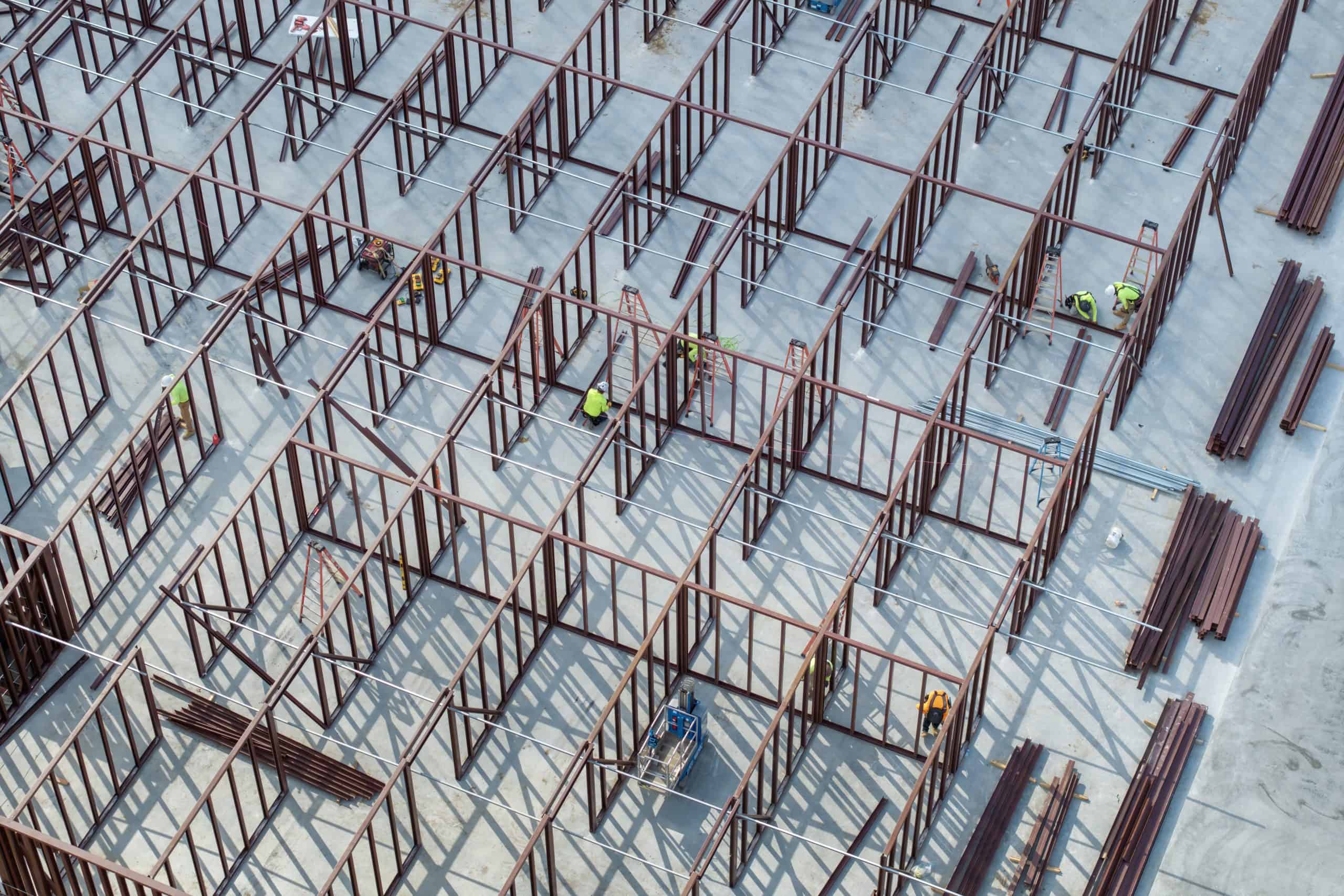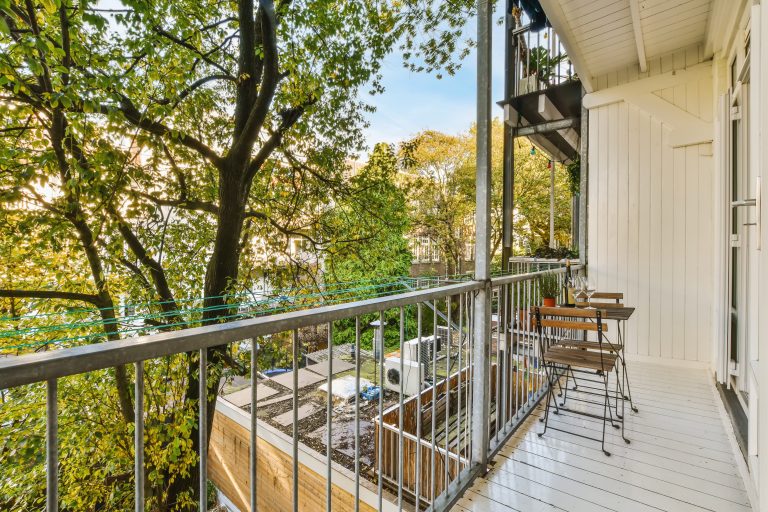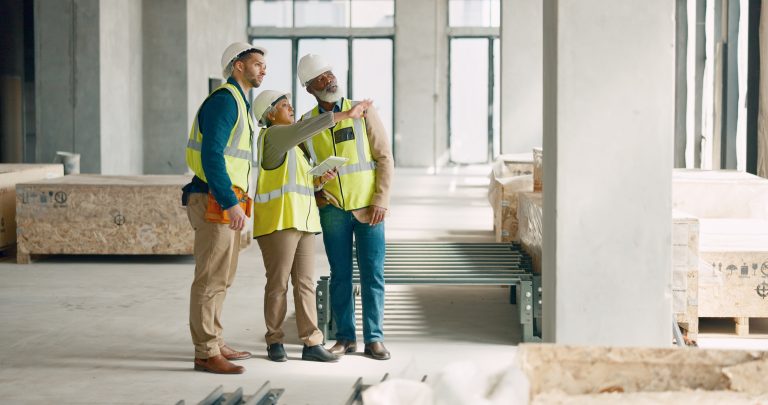In today’s fast-paced world, change is constant – and that includes the way we use our buildings. Whether it’s a commercial facility that needs to grow with business demands, a warehouse that must adapt to new technologies, or a residential property designed for future additions, scalability has become an essential part of modern construction. Building with the future in mind means thinking beyond today’s needs to create spaces that can evolve efficiently, cost-effectively, and sustainably over time.
Why Scalability Matters in Construction
Every project begins with a vision, but that vision rarely remains static. Businesses expand, families grow, and technologies advance. Buildings that aren’t designed with flexibility in mind can quickly become outdated or limited in functionality. That’s why scalable construction is a cornerstone of smart building design.
A scalable design anticipates change. It allows for easy expansion, renovation, or reconfiguration without requiring a complete rebuild. This foresight not only saves time and money down the road but also minimizes waste and disruption. For commercial clients especially, scalability can mean the difference between outgrowing a space and seamlessly adapting to growth.
Key Principles of Scalable Design
Modular Construction: Modular design – creating buildings from standardized, prefabricated sections – has become one of the most efficient ways to achieve scalability. It allows builders to add new sections as needed, whether it’s expanding an office wing, adding residential units, or increasing storage capacity. Modular elements can also be disassembled and relocated, offering flexibility that few traditional methods can match.
Flexible Floor Plans: When planning for scalability, interior layout is just as important as structure. Open floor plans, movable partitions, and adaptable mechanical systems allow spaces to be repurposed without major reconstruction. For example, a retail space can easily become an office or showroom if the infrastructure supports multiple uses.
Future-Proof Infrastructure: Designing for expansion means considering what lies beneath the surface, such as utilities, wiring, and load-bearing capacities. Oversized conduits, adaptable plumbing systems, and additional electrical capacity can accommodate future growth without costly retrofits. Similarly, structural designs that account for potential vertical or horizontal expansion ensure that adding new levels or wings won’t compromise stability.
Sustainable Scalability: A truly future-ready building isn’t just expandable; it’s also sustainable. Scalable designs that use eco-friendly materials and energy-efficient systems reduce environmental impact both now and in future expansions. Features like solar-ready roofs, energy monitoring systems, and efficient insulation set the foundation for long-term sustainability and cost savings.
Designing for expansion and scalability provides significant long-term value. It helps property owners respond to changing needs without major overhauls, protects investments, and reduces downtime during renovations. For businesses, scalable spaces support growth without requiring relocation; for homeowners, it means the ability to expand living space as families or lifestyles evolve. Your building should grow with you. Partnering with a construction team that prioritizes scalability ensures that your investment is ready not just for today, but for whatever tomorrow brings.
Looking for a team to take the lead on your next project? At Pulse Construction, we’re committed to doing business with an honest, professional, and competitive approach – without compromising safety or schedules. Contact us today for all of your building needs.



